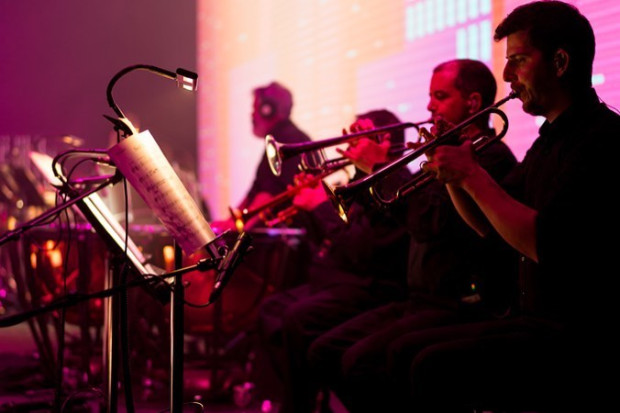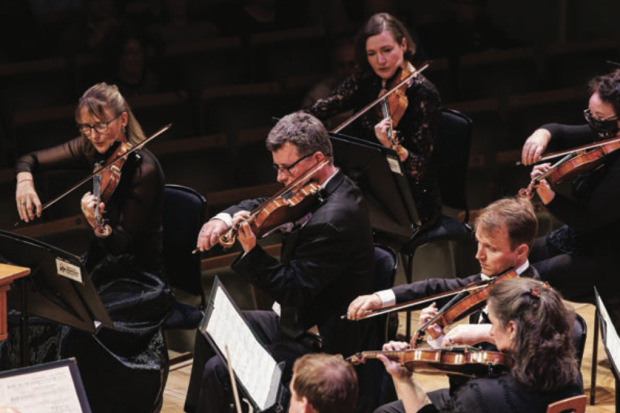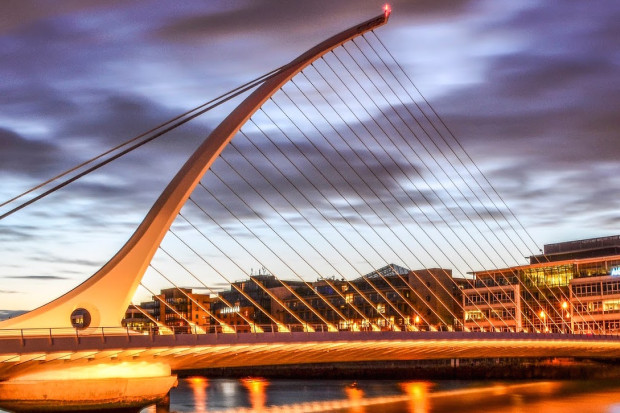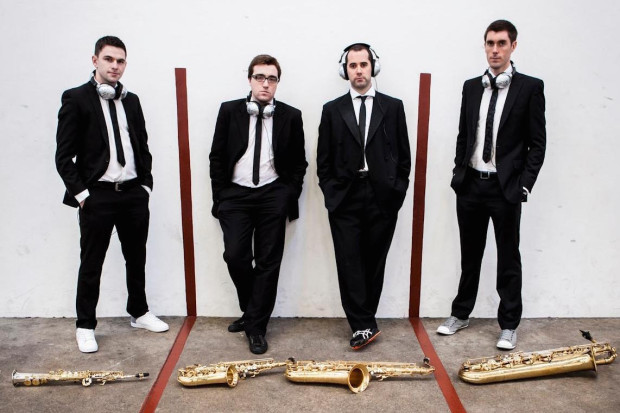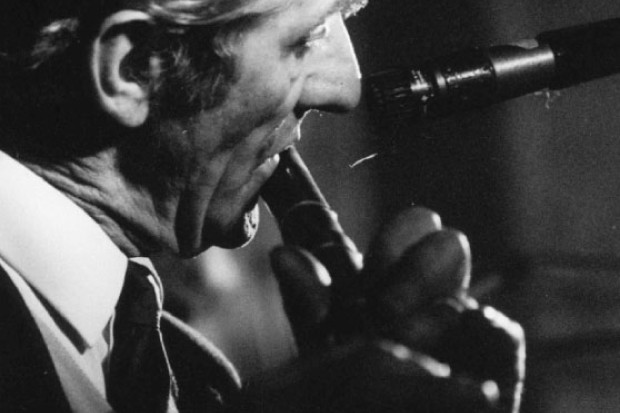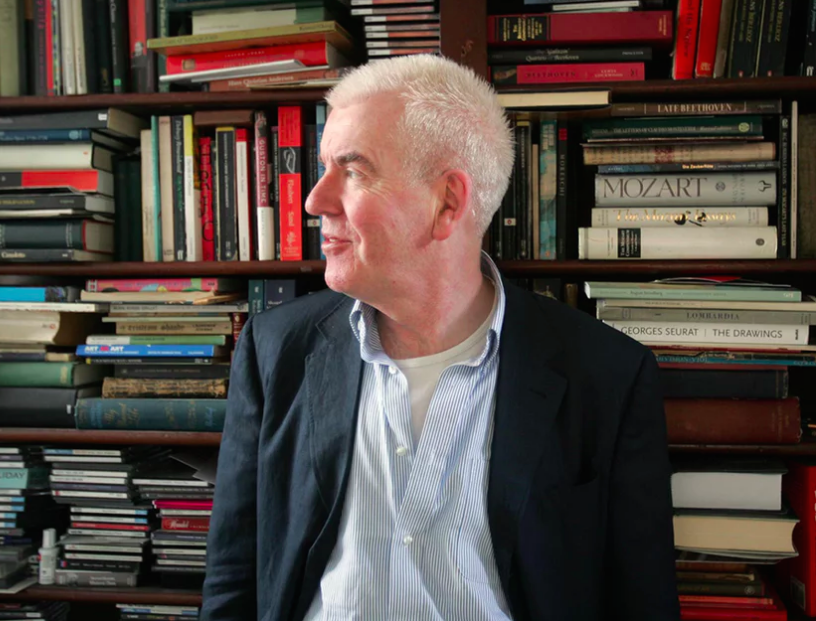
Gerald Barry
Glorious Shambles
Last Friday (4 May), Gerald Barry’s Organ Concerto with soloist Thomas Trotter and conductor Stefan Asbury came to the National Concert Hall for its Irish premiere after receiving rave reviews from the British press on its first performances in the UK.
One can’t help thinking that at least part of the favourable reception accorded to the concerto across the water was due to the careful groundwork already laid out before its Birmingham premiere involving some of the composer’s calculated eccentricities. According to the programme note – cleverly published in the Guardian the day before the premiere – the concerto was partly inspired by a cat named Blue Gadoo who lives in Washington Square in New York. Apparently, Barry had seen a photo of this particular cat sitting on a book entitled Sex and the Sacred in Wagner’s Tristan und Isolde and the composer instinctively knew by the expression on his face that he was mourning the loss of atonality. Naturally, this prompted Barry to incorporate Gadoo’s fight for atonality against tonality into the fabric of the concerto which somewhat explains the opening exchanges between frantic atonal organ writing and the melodic tonal simplicity of a solo trumpet.
Apart from this opening, however, there was little of the conventional concertante interaction between soloist and orchestra nor indeed was there much rhyme or reason governing the transition from one section to the next. The first half of the piece was the more dissonant, featuring an extended section of abrasive trills for the entire orchestra while the second half became progressively dominated by a series of musical memories from Barry’s childhood: the tolling bells of the Angelus, a section for 21 metronomes, a solo for the harmonium, the biographical significance of which were all extensively detailed in the composer’s colourful programme notes.
Ireland’s new national anthem
In terms of structure, therefore, the piece was a kind of glorious shambles. However, this is not such a defect when you’re as good at writing melodies as Barry and the highlight of the piece was undoubtedly the rousing ‘hymn’ at the end blasted out by the full orchestra and soloist. Curiously enough, the title that Barry gave to this ‘hymn’ – ‘Humiliated and Insulted’ – was the same title given to a piece for orchestra and choir premiered back in February 2017 at the NCH.
The melodic line in that particular version was accompanied by contrapuntal lines contrived in such as way as to convey a sense of unrelenting tunelessness that seemed purposely designed to bludgeon the genteel audience into submission. In contrast, the harmonisation of the same melody at the end of the Organ Concerto was an uplifting affirmation of the whole concept of tonal melodiousness that was so memorable and inspiring that it should, if there was any justice, be immediately adopted as Ireland’s national anthem!
Formal rigour
The other items on the programme were Brahms’s Variations on a Theme by Joseph Haydn – the formal rigour of which couldn’t have formed a greater contrast to the anarchy of Barry’s concerto – and Tchaikovsky’s ‘Pathétique’ Symphony. In the first movement of the Tchaikovsky, Asbury succeeded in conveying the contrast between the tender sentimental warmth of the lengthy second subject – a characteristic Russian romance melody – and the fury of the development section where the brass section was given a free hand.
The highlight of the performance though was possibly the scherzo which was well shaped at a brisk tempo with the big build-up at the end being well brought off. If there was a weak point, it was in the last movement where Asbury lingered that little bit too long in some of the silences between the sections when the music should have been kept moving along. Overall, however, this was a solid performance from an orchestra going through a turbulent time at the moment.
Watch the full performance below. The Barry concerto begins at 29:40.
Published on 10 May 2018
Adrian Smith is Lecturer in Musicology at TU Dublin Conservatoire.












